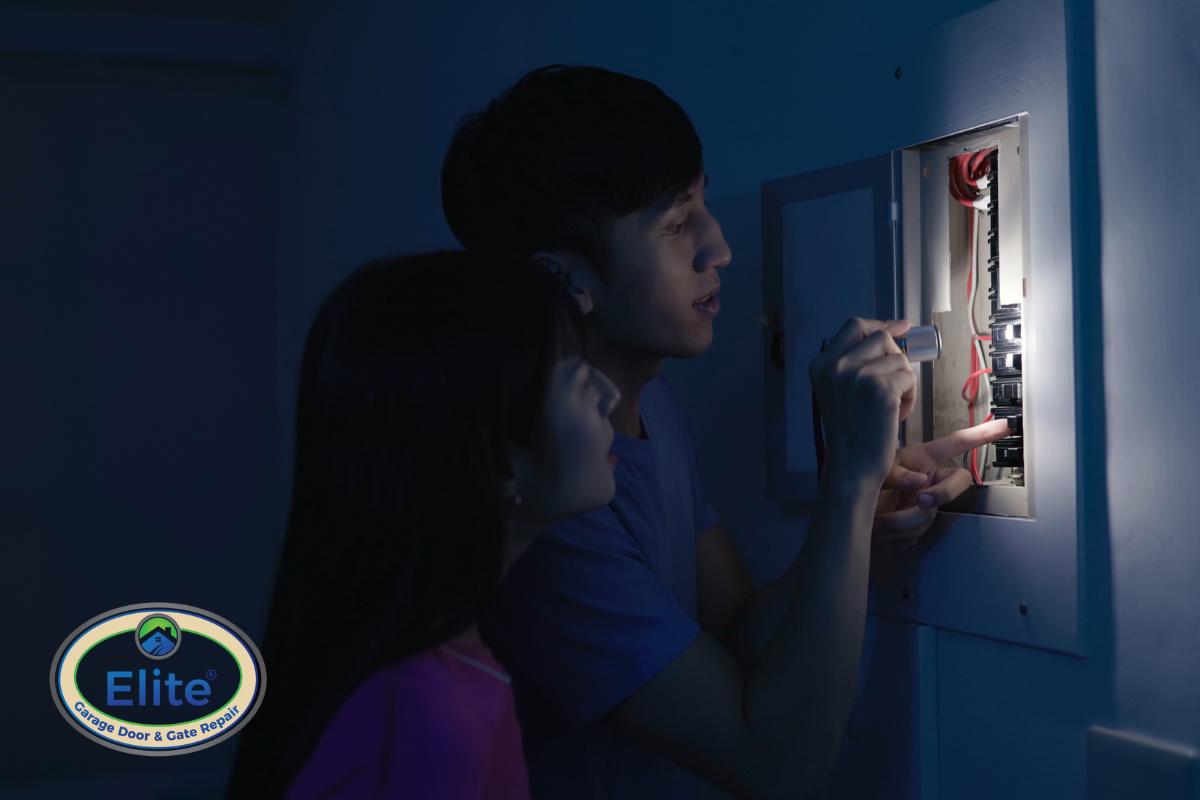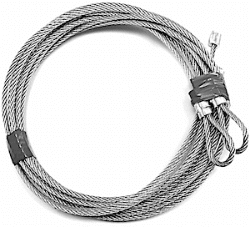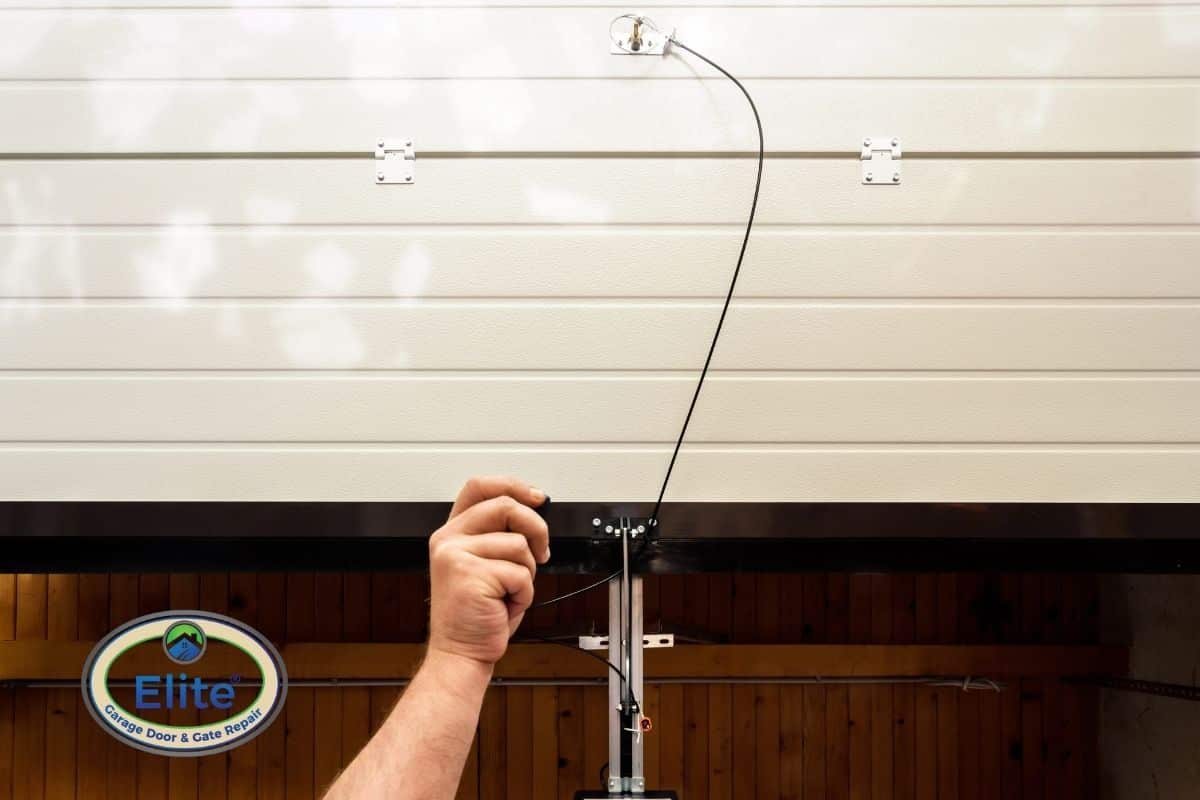One of the most frustrating things for any homeowner is coming back to a garage door that does not open. It is either dead, the power could be out, or the cable has broken, either way, you are shut out from your own garage. However, the next step is to open the garage door manually.
Most people will want to raise and lower their garage door manually, just so that they can park the vehicle inside, and wait till the technician arrives. Fortunately, manually opening and closing your garage door is easy; you just need to be a little careful and follow the guidelines outlined in this article.
Table of Contents
Opening a Garage Door with No Electricity
Sometimes the power to your home could be out, and that causes the garage door to get stuck. Other times it could be a blown fuse that has shut power off to the garage door. Regardless of the reason, you can still Operate The Garage Door Manually. However, to operate the garage door on your own, it is important to take the required safety precautions.
90% of homeowners should be able to lift and lower their garage doors manually. However, if the door is deemed to be too heavy, then you will want an extra pair of hands to help raise it. Plus, you’ll want to always wear gloves and ensure that the electricity is turned off before even touching the garage door.
Once you have everything needed, you will want to follow the steps we’ve outlined in the next section. The steps should also work if the garage door cable is broken.

Opening a Garage Door with No Electricity
How to Open a Garage Door with a Broken Cable?
While it is possible to open a garage door manually with a Broken Cable, it probably will not be as easy if both the cable and spring is broken. In fact, we would advise against following these steps if you are sure that the cable and spring are both broken because it can make manually operating it dangerous.
Step no. 1: The first step is making sure that all the cables and springs are intact. But if the spring is broken, or if the cable is broken it is better to call a professional then doing it yourself. You also don’t want to proceed if the garage door is damaged in any other way.
Step no. 2: You will want to locate the emergency cord. The cord is generally red or with a red handle that’s appended to a white cord hanging from the center of the garage door’s mechanism. However, if there is no red cord, and just a cord hanging then too, it is likely to be the emergency cord. Make sure to place a ladder to reach it comfortably.
Step no. 3: You then pull on the cord until you feel the lever locking into position. The release lever disengages from the carriage that’s associated with the Garage Door Opener. Now that the lever is released you should be able to move the garage door without the need of the garage door opener.
Step no. 4: You should now be able to lift the garage door and then bring it down. You certainly don’t want the door to be closed and have it fall on yourself or the vehicle, so make sure it goes all the way.

What if you Have a Problem Lifting the Garage Door?
Now if you have a problem lifting the garage door even with the second pair of hands helping you, there is a 95% chance that you have a broken spring. A broken spring, in addition to a broken cable, is something you should avoid dealing with. Don’t try to force the door open any further than it is currently going. Instead, stand back and call a professional to handle the situation.

Final Word
While you can Manually Open a Garage Door that has a broken cable, we don’t advise that you do. The steps we’ve outlined should only be used in emergencies with a great deal of caution. The spring and the cables are a safety mechanism and are there for a reason, i.e. prevent the door from falling.
If you suspect that the springs and cable are both broken, it is something you don’t want to deal with because it could also ruin the door. So, make sure to always examine the garage door and its issue before trying to maneuver it manually.
Watch This Video: Can You Manually Open A Garage Door With A Broken Cable?
Credit To: Λsk Λbout Impact Youtube Channel





























Leave A Comment